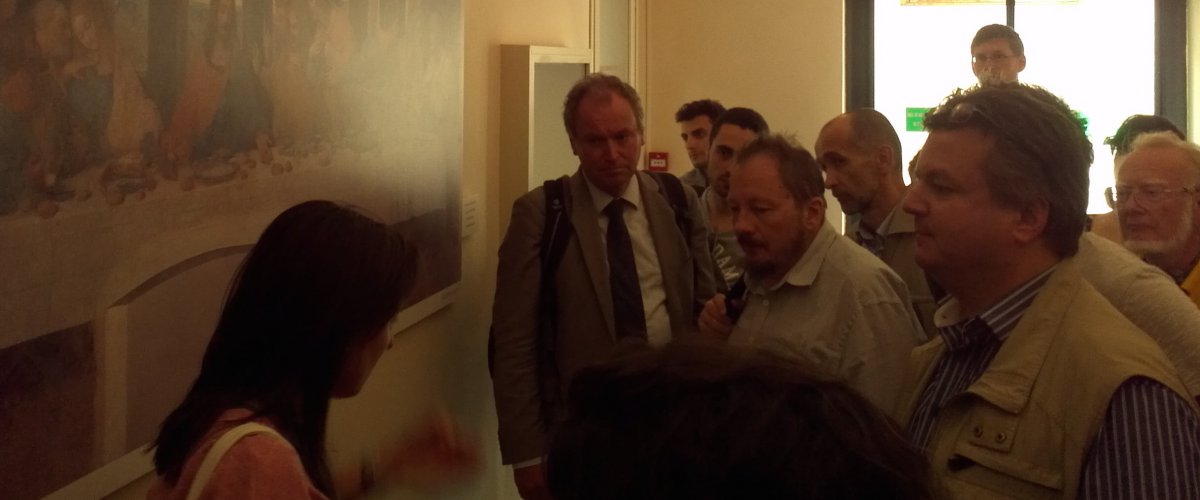This summer, thanks to QCBS, I had the opportunity to learn Adaptive Dynamics, a framework for modelling evolution in ecological models. It took place in Milan, Italy. It was taught by one of the founders of the theoretical framework, Stefan Geritz, with contributions from Chris Klausmeier and Fabio Dercole. The course concluded with a symposium of presentations by students and professors on the development and application of adaptive dynamics. It was an amazing tour de force hosted by the Politechnico de Milano and the Italian Society for Chaos and Complexity (I am happily a new member and have offered to proof read their upcoming text on the dynamical systems theory of romantic relationships). From the course and followup studies, I was able to apply new analytical techniques to some old problems and spent time discussing and gaining feedback on my work with scholars in Vienna and Barcelona.

In particular, through attempting to tackle a problem about resource consumption and interference, I became interested in the origin and emergence of trophic systems. During the symposium the definition of interference in population dynamics became contested and several definitions were discussed, but not all were consistent. From my own research, I have been comparing responses of donor-controlled and recipient-controlled primary productivity with respect to grazing. “Donor-control” fluxes are used in linear systems and first order reaction kinetics. However, while of simple form, they result in per-capita growth that is inversely density dependent. Thus it is strongly interfering or inhibitory to an individual’s ability to grow but does not lead to their demise. However it is not clear how such patterns emerge at the ecosystem-level from individual behaviour and interactions. Through my own derivations of reaction kinetics of elementary agents involving inhibition, and hearing the apparent debate about interference by evolutionary-ecologists, I realize that the mechanistic basis of interference is an open question.

Perhaps more compelling, are the consequences for diversification; can intereference, inhibition, and related behaviours explain the some of the patterns seen in the wild? For example, the communities of Lake Tanganyika (one of my empirical study systems!) organize into benthic and planktonic food chains. The respective communities exhibit responses consistent with different trophic systems. In the benthic community, high rates of primary productivity are maintained with extremely diverse and abundant fish. In the planktonic community, consumer diversity is low, yet it has higher stock sizes than primary producers. Can the presence of intereference in the benthic ecosystem explain the high diversity and has it contributed to the adaptive radiation and niche partitioning of this striking ecosystem?
The QCBS sponsored workshop and visits to other labs has given me the opportunity to network with other scholars and develop leadership and novelty in my research. This has contributed to the development of my own skills and knowledge, and ultimately our ability to understand, appreciate, love, and conserve wild ecosystems. Thank you!
– Magnus Bein


0 Comments